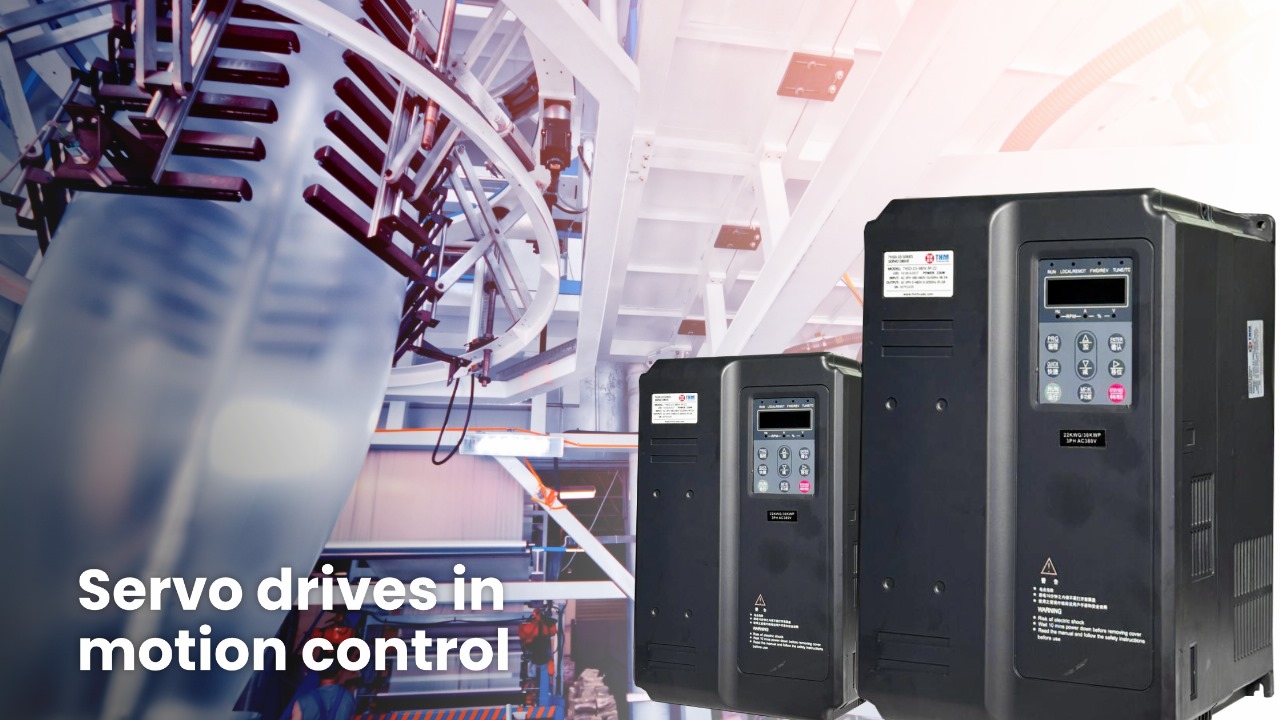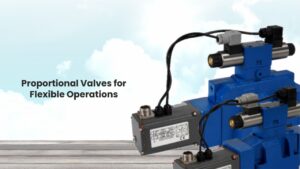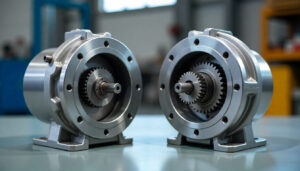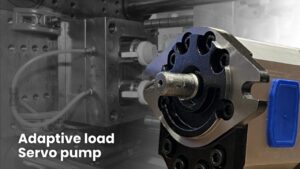The modern automation is based on high performance servo drives in motion control. These drives handle speed and precision in direction control of servo motors in robotics as well as CNC machining. Regular change of direction is a prerequisite to accurate positioning, hassle-free functioning and dependable output. Modern motion control systems would not be as accurate and flexible as industries require without them.
Learning about the Servo Drives in Motion Control
A servo drive is an electronic machine that controls the torque, speed and position of an engine.
It speaks to the motion control system to provide precision in such tasks as cutting, welding, packaging or robotic arm motion.
Servo drive applications are being demanded in India as industries are becoming automated.
Tip: When purchasing servo drives, be sure and make sure they are compatible with your feedback system and machinery.
The reason why changing the direction frequently is important
The periodic reversals of motions direction can be considered to be too redundant, yet they have several crucial functions:
- Precision: Quick reversal holds position tolerances tightly.
- Efficiency: Rapid changes help to minimize idle periods between operations.
- Flexibility: Multitasking in robotics and automation involves a steady shift.
- Safety: Controlled movement eliminates mechanical stress or mechanical failures.
This has made industries to be dependent on servo drives in high performance systems in motion control.
Key Servo Drive Applications Requiring Constant Switching
- Robotics: Precision of serving motor direction control is required on arms to work with intricate assembly.
- CNC Machines: This makes it very advantageous in regard to shaping since a lot of back-and-forth movement takes place.
- Packaging Systems: High speed packaging relies on the use of servo drives to achieve repeatability.
- Direction Control: The control guarantees smooth moves along the conveyors.
Troubleshooting Servo Drive Performance
Even the finest servo drive in India could have problems. It is important to know some of the basic troubleshooting steps of servo drives:
- Encoder feedback and check connections.
- Check drive settings and tuning.
- Check against overheating or overloads.
- Modify move control to achieve smooth movement.
Advantages of Servo Drives in Motion Control
- High Precision: On the order of microns.
- Energy Consumption: Optimised movement minimises power wastage.
- Reliability: Does not shut down frequently.
- Flexibility: Multiple industry adaptable.
- Scalability: The program is suitable to small automation up to large manufacturing plants.
Final Thoughts on Servo Drives and Motion Control Efficiency
Direction changes in servo drives used in motion control are not only necessary technical changes, but are necessary to provide accuracy, safety, and efficiency. These fine shifts determine whether success in a servo drive system such as robotics, CNC machining, or packaging.
We have developed high-end servo drive solutions in industries in India at THM Huade. Our products come in small, multi-axis units, and because of their seamless automation. Get in touch with us today and discuss with us the optimum servo drive in India to suit your manufacturing and automation.
FAQ’s
Q1. Can a servo motor rotate more than 180°?
Yes, there are servo motors that are intended to have restricted rotation but continuous rotation servo motors can be made to rotate more than 180deg where needed.
Q2. Are servo motors bidirectional?
Yes, the servo motors are bidirectional and their direction is digitally operated in servo drives of motion control systems.
Q3. How does a servo motor change direction?
When the control signal is varied, a servo motor reverses. The pulse width is altered and motion is reversed in a smooth manner.
Q4. What is the difference between servo drive and motion control?
The torque, speed and position of a servo drive in motion control are controlled by a servo drive whereas the disciplined area of a broader system of motion control is taking control of automation activities.
Q5. Which type of servo motor can rotate continuously in either direction?
The continuous rotation servo motor is able to rotate in either direction without any limit in the angle and can thus be useful in automation.
Q6. Which is better: continuous rotation servo or stepper motor?
It varies with its use. A stepper motor would be easy to control whereas a servo motor in motion control would have greater accuracy and efficiency.



